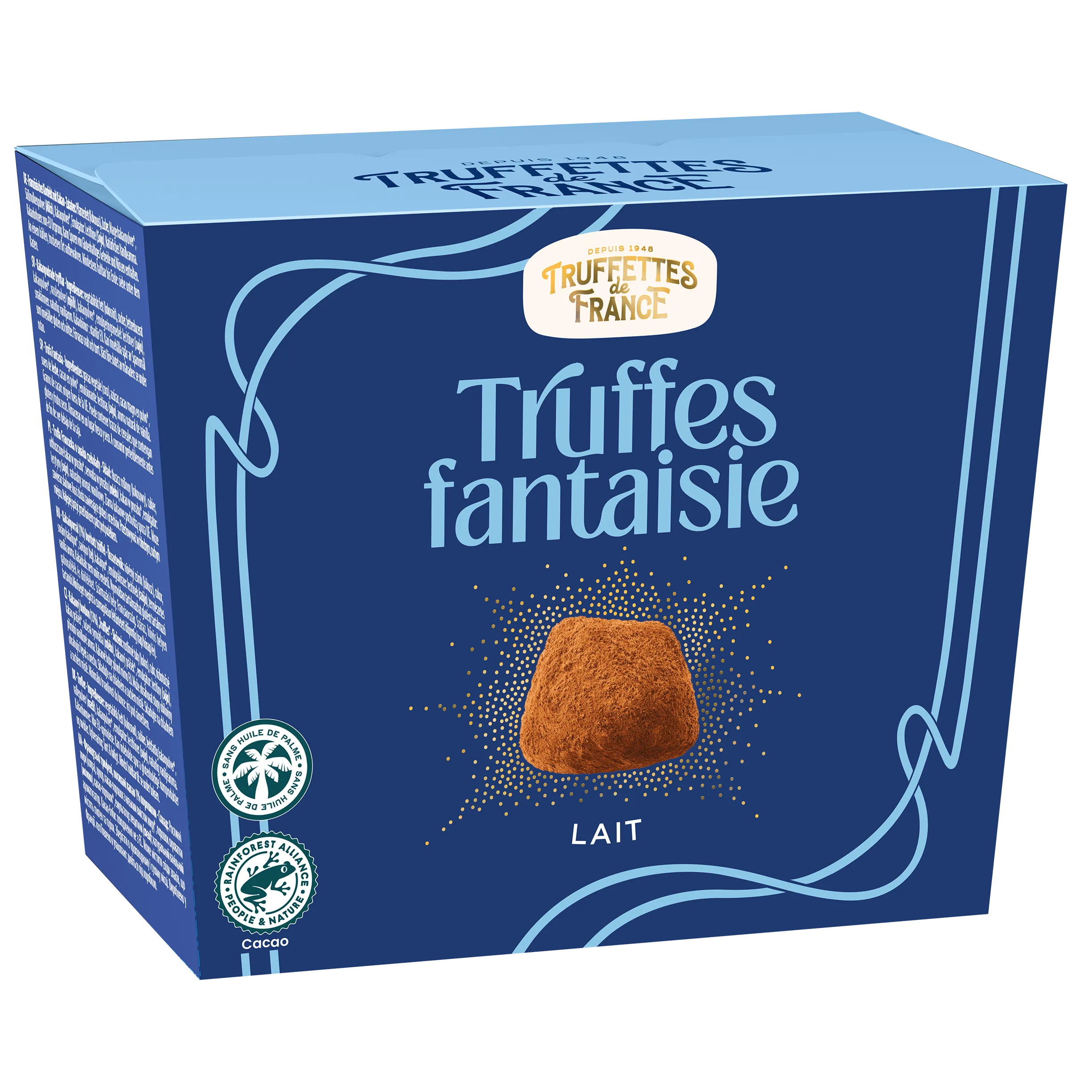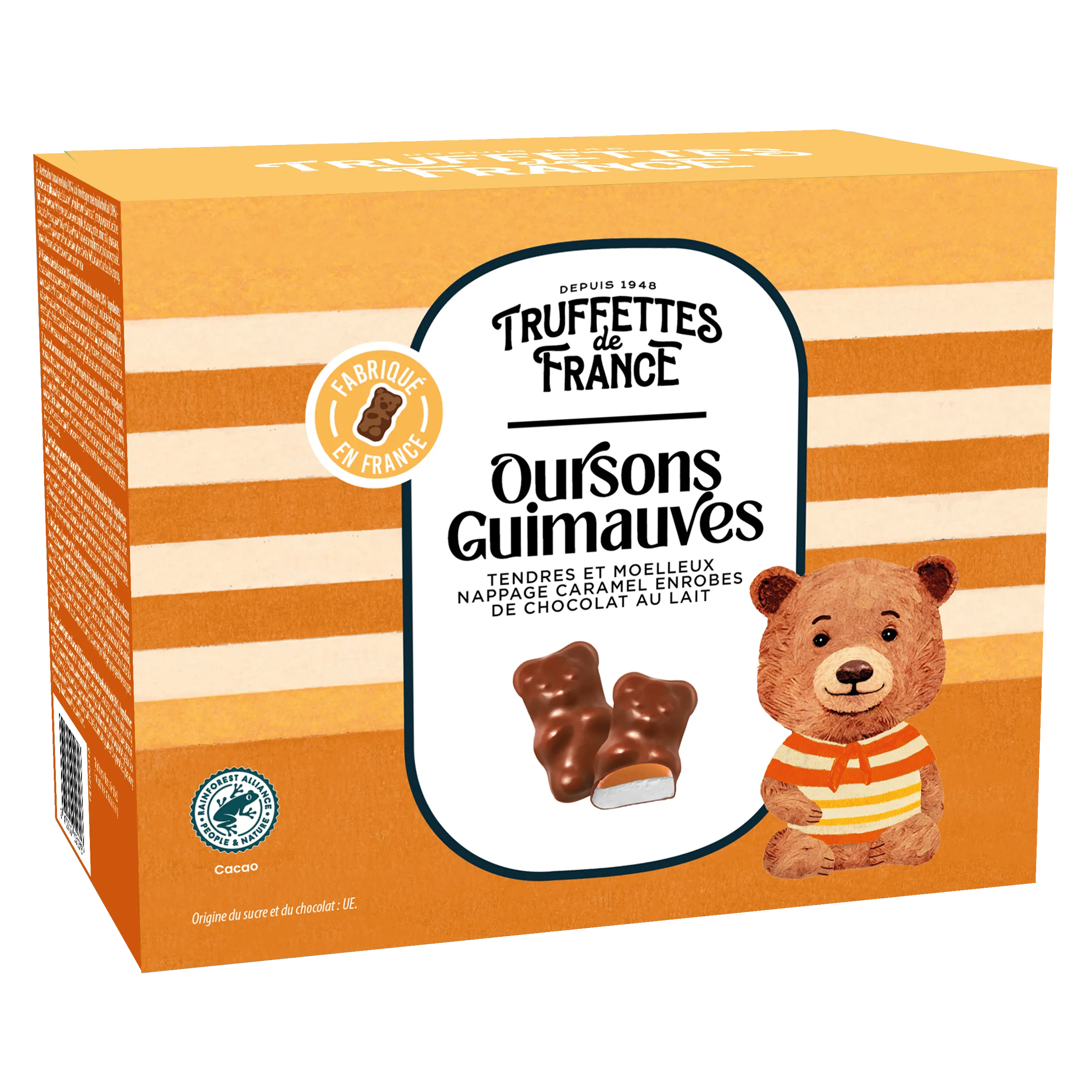Definition: Origin Chocolate

Original chocolate is becoming increasingly popular with chocolate lovers the world over. Indeed, these chocolate bars offer a wealth of unique and authentic flavors, as well as a fascinating history. Let's delve into the captivating world of origin chocolate.
Definition of origin chocolate
The term "origin chocolate" refers to products made from cocoa beans sourced from a single, specific geographical location. This origin can be a country, a region or even a particular plantation. Unlike standard chocolates, which are often a blend of beans from different places, origin chocolate highlights the specific taste and aroma of its terroir.
Producers of origin chocolate often work directly with cocoa farmers to guarantee the quality and traceability of the beans used. These partnerships also promote fair remuneration for farmers and encourage sustainable agricultural practices.
The history of chocolate and its evolution
Chocolate has a long and rich history stretching back thousands of years. Olmec, Mayan and Aztec civilizations were already using cocoa to create bitter, spicy beverages long before Europeans arrived in Central America. With the Spanish conquest, chocolate was introduced to Europe, where it underwent a radical transformation, being sweetened and transformed into chocolate bars.
Today, chocolate continues to evolve. The current trend towards organic and fair-trade products reflects consumers' growing awareness of the environmental and social impacts of their food. Origin chocolate is perfectly in tune with this trend, highlighting the purity and traceability of the ingredients used.
The characteristics of origin chocolate
- Geographical origin: As mentioned above,geographical origin is essential for origin chocolate. Each cocoa-growing region has its own climatic and geological characteristics, influencing the taste and aroma of the cocoa beans.
- Superior quality: The chocolate factories that produce origin chocolate rigorously select their cocoa beans to guarantee consistent quality. Fermentation, roasting and conching methods are adjusted to bring out the particularities of each origin.
- Craftsmanship: Many original chocolatiers practice their art in the traditional way. They master every stage of production, from bean to bar, ensuring an exceptional final product.
The cocoa bean: the heart of origin chocolate
The quality of chocolate depends above all on the cocoa bean used. Cocoa varieties such as criollo, forastero and trinitario each contribute distinct notes, from fruity and floral to earthy and woody. The techniques used to grow and process the beans also play a crucial role in flavour development.
Sourcing top-quality cocoa often involves close collaboration between chocolatiers and producers. This direct relationship not only guarantees fair remuneration for farmers, but also ensures environmentally-friendly farming practices.
Why choose origin chocolate?
Opting for origin chocolate offers a number of advantages for consumers, local communities and the environment. Here are a few convincing reasons:
- Richness of flavor: Origin chocolate offers a unique and complex palette of flavors, reflecting the specific conditions of each cocoa-growing region.
- Social commitment: Buying origin chocolate often means supporting fair trade initiatives and contributing to the economic and social development of rural communities.
- Respect for the environment: The majority of origin chocolate producers adopt sustainable farming methods, minimizing the ecological impact of cocoa production.
The different types of origin chocolate
Origin chocolate comes in a variety of forms, including the following:
- Dark chocolate: This type of chocolate, rich in cocoa, is often considered the purest and most intense. It reveals the full complexity of cocoa beans through its rich, deep aromas.
- Dairy chocolate: Although less common, original milk chocolate also offers a complexity of flavors. Milk softens the sometimes bitter notes of cocoa, while bringing out unsuspected nuances.
Each bar of chocolate tells a unique story, that of the terroir from which it comes, making the tasting experience far more rewarding than a simple gourmet pleasure.
Tips for tasting original chocolate
To fully appreciate original chocolate, it's essential to follow a few tasting tips. Good tasting is more than just biting into a bar of chocolate; it's a true sensory exploration!
Observation and preparation
Start by carefully observing your chocolate bar. Its color should be uniform and slightly shiny. Then smell it for the first aromatic notes. Avoid eating it immediately after a heavy meal, or when it's very hot, as this may alter your sense of taste.
Tasting
Place a piece of chocolate on your tongue and let it melt gently without chewing. Note the first taste impressions and observe the evolution of flavors. Each original chocolate gradually reveals its distinctive characteristics; take time to discover this progression.
This approach will enable you to better understand the subtleties of each geographical origin, and to fully appreciate the craftsmanship that goes into each bar.
Current trends in origin chocolate
With the rise of environmental and social concerns, the market for origin chocolate is booming. Several key trends stand out:
- Organic certification: More and more chocolate factories are opting for organic certification, guaranteeing farming practices free from pesticides and chemical fertilizers.
- Fair trade: Respectful of workers' rights, fair trade ensures fair remuneration and improves living conditions for cocoa producers.
- Transparency: Consumers want to know the story behind their products. This is why chocolate factories emphasize the traceability of their beans and their relationships with local producers.
Economic and social impact
The choice of chocolate origin plays a direct part in supporting the local economy and promoting fair trade practices. By purchasing these products, consumers are part of a global movement to improve working conditions for farmers and preserve the fragile ecosystems of cocoa-producing regions.
Innovation and craftsmanship
Artisan chocolatiers are constantly pushing back the boundaries of creativity with innovative recipes that enhance the value of original cocoa beans. Some are exploring daring combinations, blending chocolate and rare spices, or chocolate and tropical fruits, to offer unprecedented taste experiences.
In conclusion, although we're avoiding a traditional closing of the article here, it appears that origin chocolate is of paramount importance as much for its rich gastronomic offering as for its commitment to sustainable and ethical practices. Each bar of origin chocolate is a small piece of terroir encapsulated in an exceptional sensory experience.





